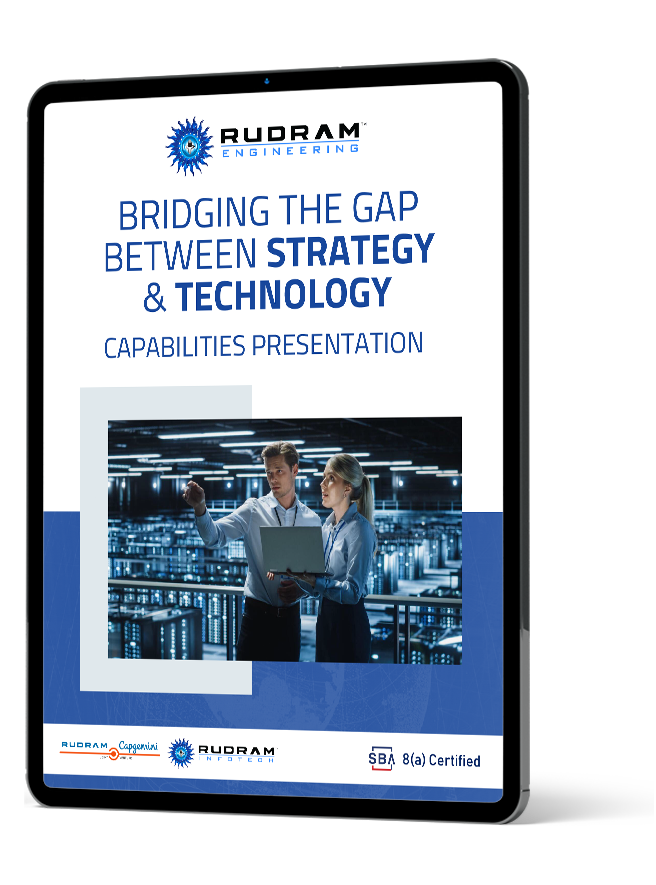It may come as a surprise, but even seasoned organizations often overspend significantly on cloud infrastructure without realizing it. In fact, through deeper internal audits, many companies have uncovered millions in unnecessary annual cloud expenses. If your team is struggling to gain control over your cloud bills, this guide is for you.
In the evolving cloud landscape of 2025, the financial stakes are higher than ever. As usage grows and infrastructures expand, so does the potential for waste. Whether you’re forecasting budgets, refining your architecture, or planning a cloud migration, understanding the true cost of cloud computing is now a strategic priority.
Cloud expenses are not one-size-fits-all. Costs vary widely based on usage patterns, services selected, and pricing models. Here’s a simple way to frame it:
Total Cloud Cost (TC) = Service (S) x Unit Price (P) x Volume (V)
No two organizations will pay the same, even in similar industries, because needs, configurations, and workloads differ.
According to industry trends, large enterprises are spending between $2.4M and $6M annually on cloud infrastructure, accounting for a sizable chunk of their IT budgets. Despite this, up to 21% of this spend is estimated to be wasted due to idle resources, inefficient provisioning, and mismanagement.
Organizations often struggle with:
This lack of visibility and oversight leads to millions in lost value.
Conventional cost-saving tactics like Reserved Instances (RIs), Savings Plans, and rightsizing tools are useful but insufficient on their own. These solutions reduce costs marginally without addressing underlying inefficiencies.
For example:
The key is cost intelligence, not just cost cutting.
Many teams still rely on manual tagging systems to allocate costs. However, this approach is highly error-prone:
On top of that, hidden costs add up:
Support plans and third-party tools may bring added charges.
Here are the three primary factors that shape your cloud bill:
Costs outside these buckets like migration support, licensing, and downtime also affect your total cost of ownership.
As organizations shift from on-premises to cloud infrastructure, migration becomes a significant cost center. Beyond licensing and compute costs, you must consider:
These are ongoing, not one-time, expenses. Without careful planning, they can derail your ROI.
To truly manage cloud spend, organizations must bridge the gap between engineering and finance. Cost-conscious engineering means:
When finance and engineering speak the same language, decisions can be made faster and smarter. This is not just FinOps; it’s a cultural shift toward strategic cloud governance.
The true cost of cloud computing goes far beyond simple pricing calculators or negotiated discounts. It’s about how well your organization understands, monitors, and acts on the insights hidden in your cloud data. In a landscape where every dollar counts, shifting from optimization-only to cost intelligence can unlock deeper savings, operational efficiency, and strategic value.
Want to understand how to transition from reactive cost control to proactive cloud cost intelligence?
Join Rudram Engineering’s upcoming live webinar designed for CTOs, CIOs, finance leaders, and IT decision-makers.
What you’ll learn:
Register now and secure your spot today and step confidently into your next phase of cloud transformation.

Rudram Engineering Inc. (REI) is a well-known pioneer in software systems engineering, recognized for its creative solutions and the latest cutting-edge technologies. By focusing its resources on developing cloud-based technologies, REI further employs the power of DevSecOps to build security into the software development life cycle. The company also adopts Agile software development methodologies to be flexible, effective, and quick in delivering quality software solutions. Rudram Engineering Inc. is a name that epitomizes quality with innovation; it establishes new yardsticks in the industry with solid, scalable solutions that meet the dynamic demands of engineering.
As software becomes more complex, the need for thorough testing increases. In 2025, advancements in automated testing, AI-powered testing tools, and continuous quality assurance are expected to play a major role in ensuring reliable software delivery.
Actionable Insight: Thorough testing is essential to ensure that your software meets customer expectations and performs reliably. At Rudram Engineering, we employ comprehensive testing protocols to ensure every product we deliver is both robust and secure, minimizing bugs and maximizing customer satisfaction.
Rudram’s commitment to excellence, transparency, and customer satisfaction sets them apart. They maintain strategic partnerships to harness cutting-edge technologies and expand their capabilities, ensuring that clients receive the best possible solutions.
No-code and low-code platforms are gaining momentum as businesses seek faster, more accessible ways to develop software. These platforms allow individuals with little to no programming experience to build functional applications, reducing the time and cost of development.
Actionable Insight: Incorporating no-code or low-code platforms can speed up your application development, especially for simple or routine tasks. Rudram Engineering leverages these tools when appropriate to accelerate delivery without sacrificing quality or flexibility.